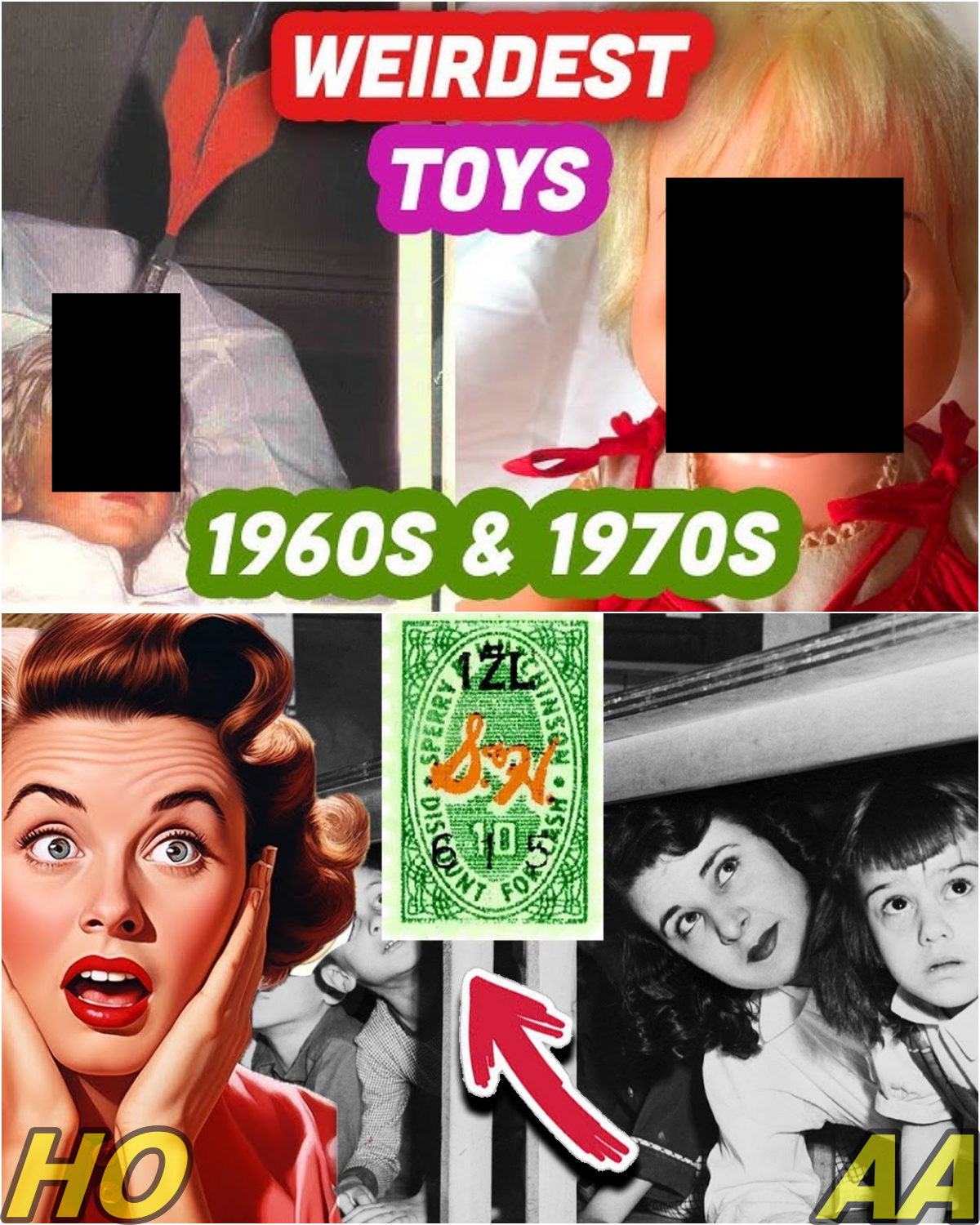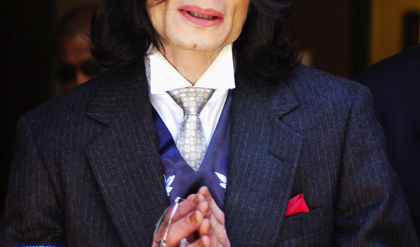12 Things Boomers Survived That Kids Today Will Never Understand

“Okay Boomer” – it’s a familiar refrain heard today, often poking fun at the older generation for being out of touch with the modern world. But hold on a minute, are Boomers really that out of touch, or is it the younger generations who are missing the bigger picture? Born between 1946 and 1964, the Baby Boomer generation witnessed an unprecedented post-war spike in births – hence, the term “Boomer.” Sure, today’s kids might think Boomers are uncool, but let’s be real: they invented cool.
From the iconic music of Jimi Hendrix to tie-dye t-shirts and muscle cars, Boomers helped shape the culture. Not to mention, they were the pioneers of music festivals – you’re welcome, Generation Z. The truth is, Boomers lived through some pretty wild and cool times. They roamed neighborhoods unattended, had three-course dinners with Jell-O, and experienced an era that today seems like a far-off dream.
However, many things that were once a common part of life for Boomers have since disappeared. Let’s take a trip down memory lane and explore 12 things that only Boomers truly remember.
1. The Sears Catalog
Before Amazon was a household name, there was the Sears catalog. This massive catalog offered everything from toilet paper to garden hoses, and yes, even full houses – all available by mail order. Almost every home in America had one. For many, it was a lifeline, especially for those living in rural areas or African-Americans unable to shop at local stores due to segregation. Today, it’s hard to find anyone under 55 who remembers having a Sears catalog at home. And don’t get us started on the Wish Book – the ultimate holiday catalog that had us circling everything we wanted. Ah, memories.
2. Milkman Delivery
Imagine waking up to find a glass bottle of milk sitting on your doorstep. It’s hard to fathom in the age of grocery delivery services, but the Milkman was once a common figure in American households. Up until the early 1960s, 30% of milk was delivered straight to people’s homes. Today, it’s a relic of the past, likely only remembered by Boomers. But, hey, it was a great way to get that “strong bones and muscles” goodness.
3. S&H Green Stamps
S&H Green Stamps were the original loyalty program, paving the way for the credit card rewards and retail loyalty programs we know today. Customers would receive stamps at checkout, which they could mail in for rewards from a catalog. At one point, S&H issued more stamps than the USPS, distributing over 35 million catalogs annually. These stamps were once a big deal but have long since faded from modern memory.
4. Two-Digit Zip Codes
Before the five-digit zip code system was introduced in 1963, America’s zip codes were just two digits long. In those days, state abbreviations were inconsistent, and confusion was rampant – Arizona was often mistaken for Arkansas, and Maine for Massachusetts. It was a bit chaotic, but the government finally standardized everything, making sure our letters never got lost again.
5. Twice-Daily Mail Deliveries
Back in the day, the USPS didn’t just deliver mail once a day – they came twice! It’s hard to imagine today when we’re lucky to get one delivery in 24 hours, but back in the early 20th century, postal workers visited residences twice a day, and businesses up to four times. It was a much-needed service in a time when communication was primarily through letters.
6. Calling the Operator
In the days before cell phones, if you wanted to call someone outside of your local area, you had to call the operator. By dialing zero, an operator would manually connect you by plugging in a few switches. It’s a strange thought for kids today, but this system was essential before the advent of direct distance dialing and modern technology.
7. Pop Top Cans
Forget the easy-pull tab we all know and love today – back in the day, pop top cans had a metal ring that you’d pull off to open the can. It was a simple process, but once you popped it, that little ring would fly off, and, well, you’d toss it to the ground (not that we’re encouraging littering). The metal pop-top was eventually replaced with a safer and more convenient version, but it’s one of those small things that remind us just how much has changed.
8. Slide Rules
Before calculators became commonplace, engineers, scientists, and mathematicians relied on the trusty slide rule. This tool allowed people to perform complex calculations such as multiplication, division, logarithms, and trigonometry. It was crucial for anyone working with numbers. But, with the advent of electronic calculators in 1974, the slide rule became obsolete – though its legacy still holds a special place in Boomer hearts.
9. Duck and Cover Drills
In the 1950s and 1960s, the fear of nuclear war with the USSR led to “Duck and Cover” drills in schools. The alarm would sound, and kids would dive under their desks and cover their heads, as if that would save them from a nuclear explosion. Eventually, as tensions eased, people realized these drills were pretty ineffective, and they were phased out. But for many Boomers, these drills left a lasting, and slightly traumatizing, memory.
10. The First Color Televisions
Before flat-screen HD televisions, there was the bulky, boxy black-and-white TV. It was a big deal when color television was introduced, and Boomers remember the joy of seeing vibrant colors on their screens for the first time. This technological leap was a massive shift in entertainment, giving rise to iconic TV shows and movies.
11. Drive-In Theaters
The drive-in theater was a staple of Boomers’ social life. Families would pack up the car, bring blankets and snacks, and enjoy a movie under the stars. Today, drive-ins are a rarity, replaced by multiplex cinemas and streaming services. But there was something magical about watching a film outdoors in the comfort of your own car.
12. The Walkman
Before smartphones and digital music, the Walkman was the ultimate portable music player. Boomers had to pop in cassette tapes to listen to their favorite songs, and the portability was revolutionary. Though now obsolete, the Walkman holds a special place in the hearts of those who grew up with it – and it marked the beginning of personal, on-the-go music.
These are just a few of the many things Boomers lived through that younger generations will never quite understand. From twice-daily mail deliveries to slide rules, it’s easy to see that life was a bit different back then. As the world moves forward, it’s fun to reflect on how much has changed. So, Boomers, what do you think? Did I miss anything? Let me know in the comments!





